35 pieces of jade
尋找小玉
從材料再生中,反思不完美是否也是一種美。
Anthropogenic
Bergstraat 8, 5611 JZ Eindhoven, Nederland
Exhibition
DDW 2018'
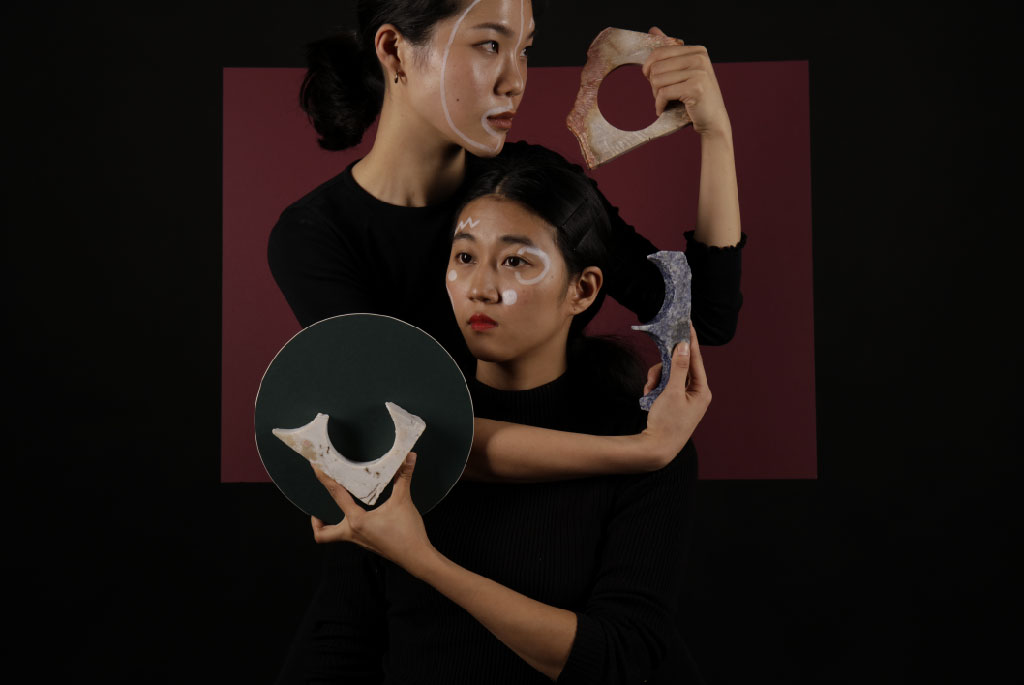
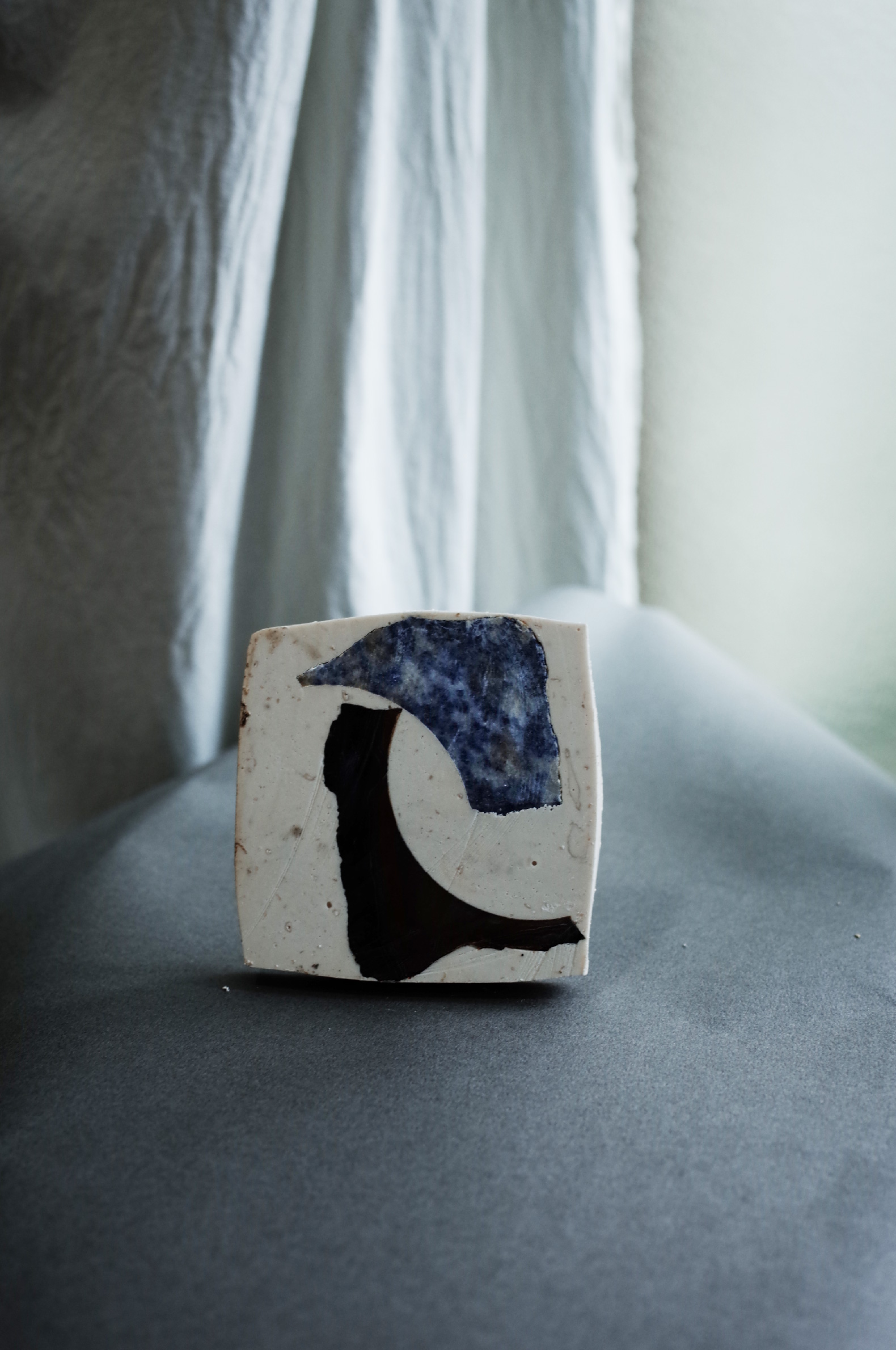
玉石在亞洲文化中,多被視為珍貴的寶石,其色澤與產地有許多等級的區分,然而,不管多高等級的玉,傳統上,只有清透、完整的部分,能製造玉鐲或其他玉器。其他有紋理、色塊、裂痕、晶洞、或玉石邊緣,則被視位次等角料。
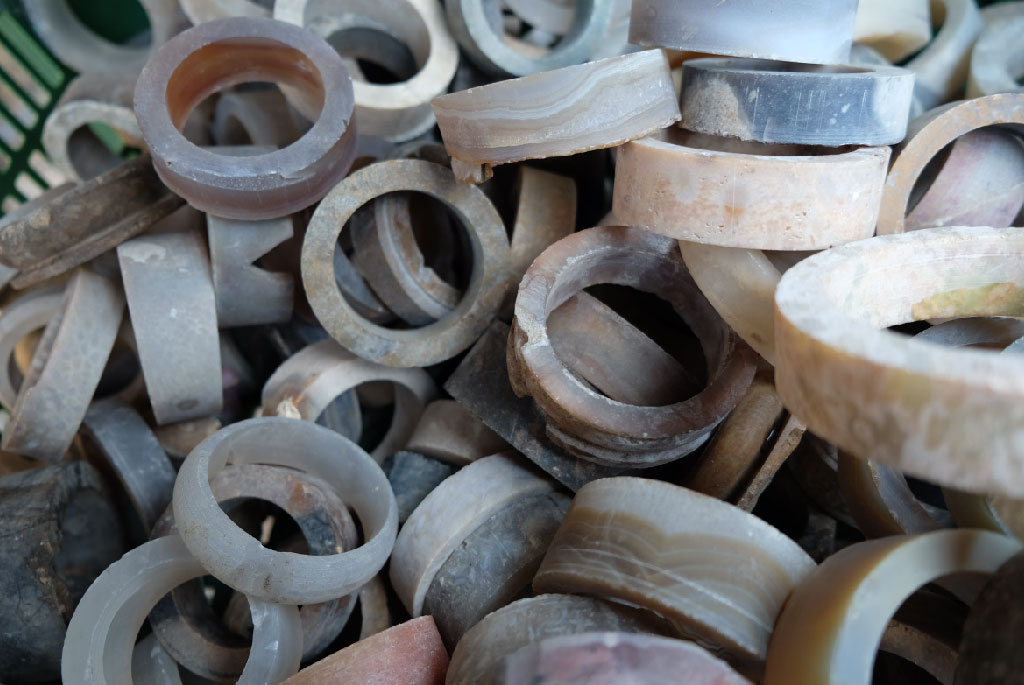
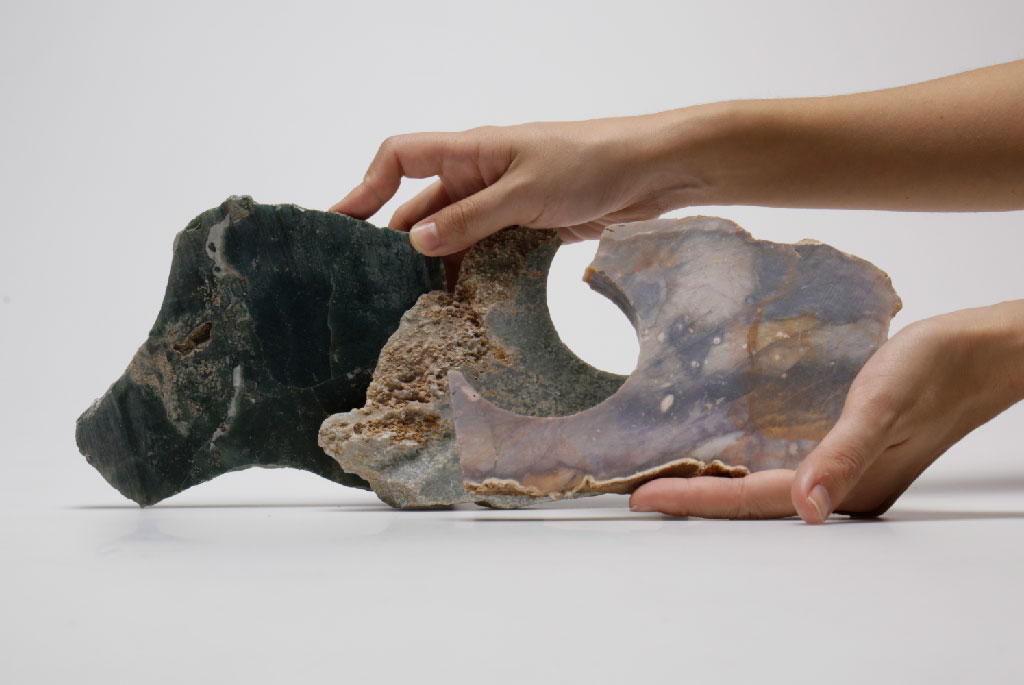
在這個計畫中,我們在玉器製造工廠,挑選了35塊被人視為’’無用之玉’’的角材,這些玉石皆已被取下製作者認定好的部位,因此都帶著圓形的缺口。藉由這些同時帶有人為印記與自然節理的原石材料,我們希望重新檢視製造的可能性及材質的價值。
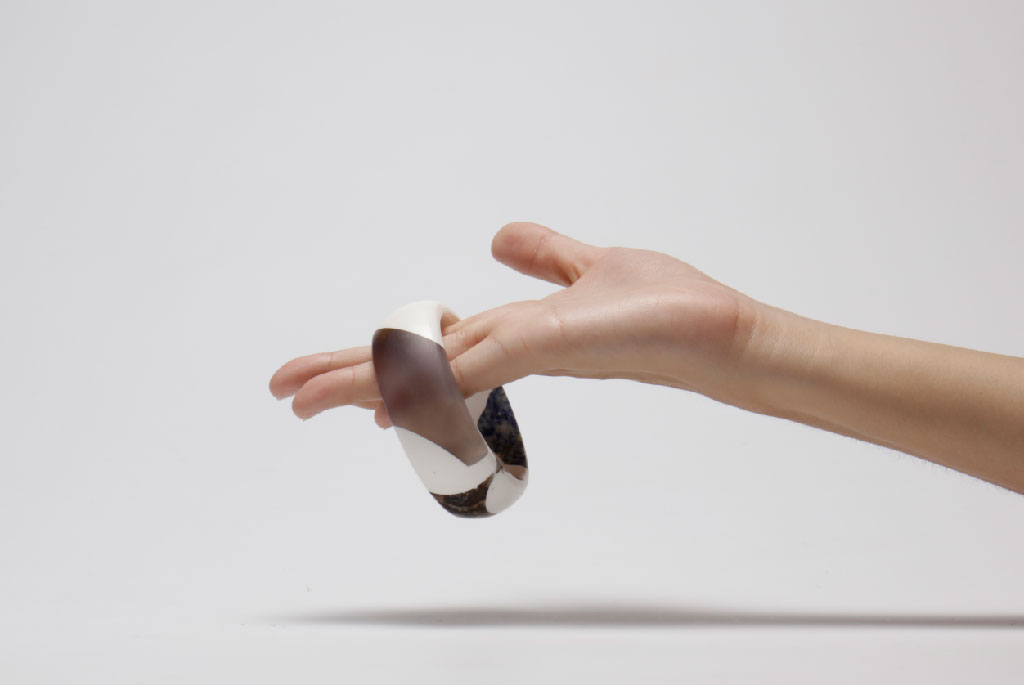

我們探索製作新物件的合理性,嘗試回收與重造,並透過既有的加工方式,再次賦予材質全新價值。並也發現,這樣的“新材質”,可以重新回到在地的工廠,以現有的模具,將這些,曾經在製作手鐲的過程中被淘汰的材料,再製成手鐲。

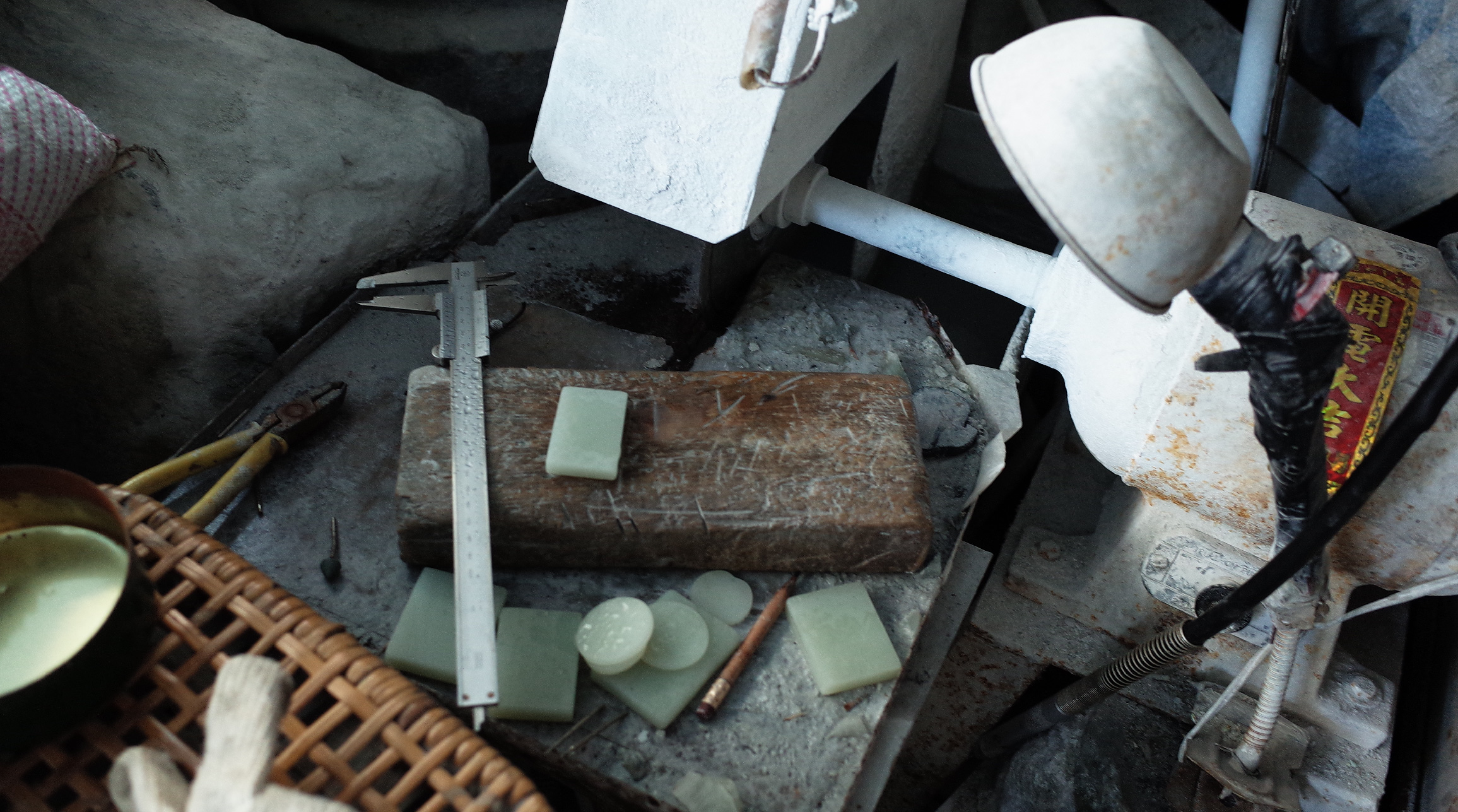
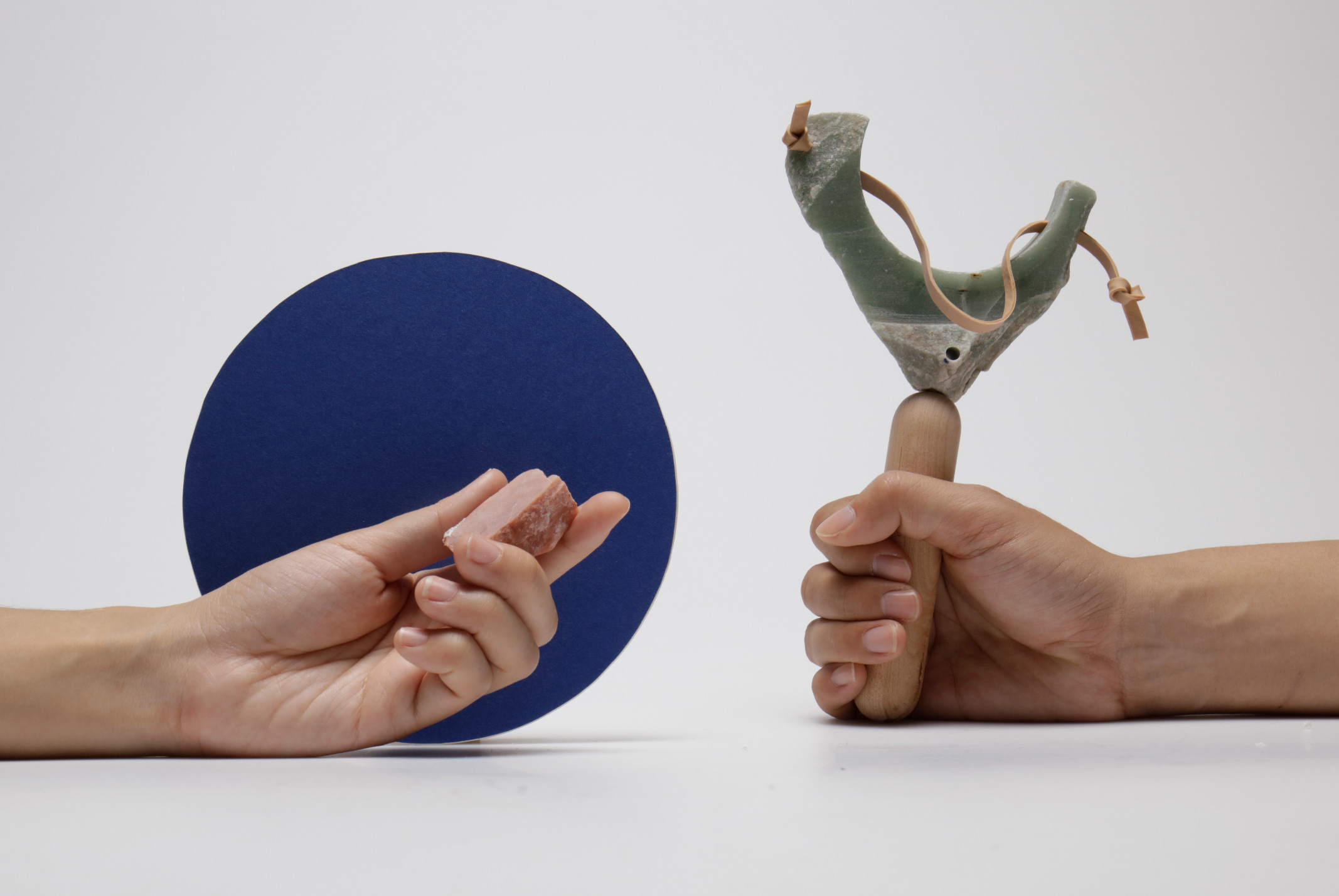
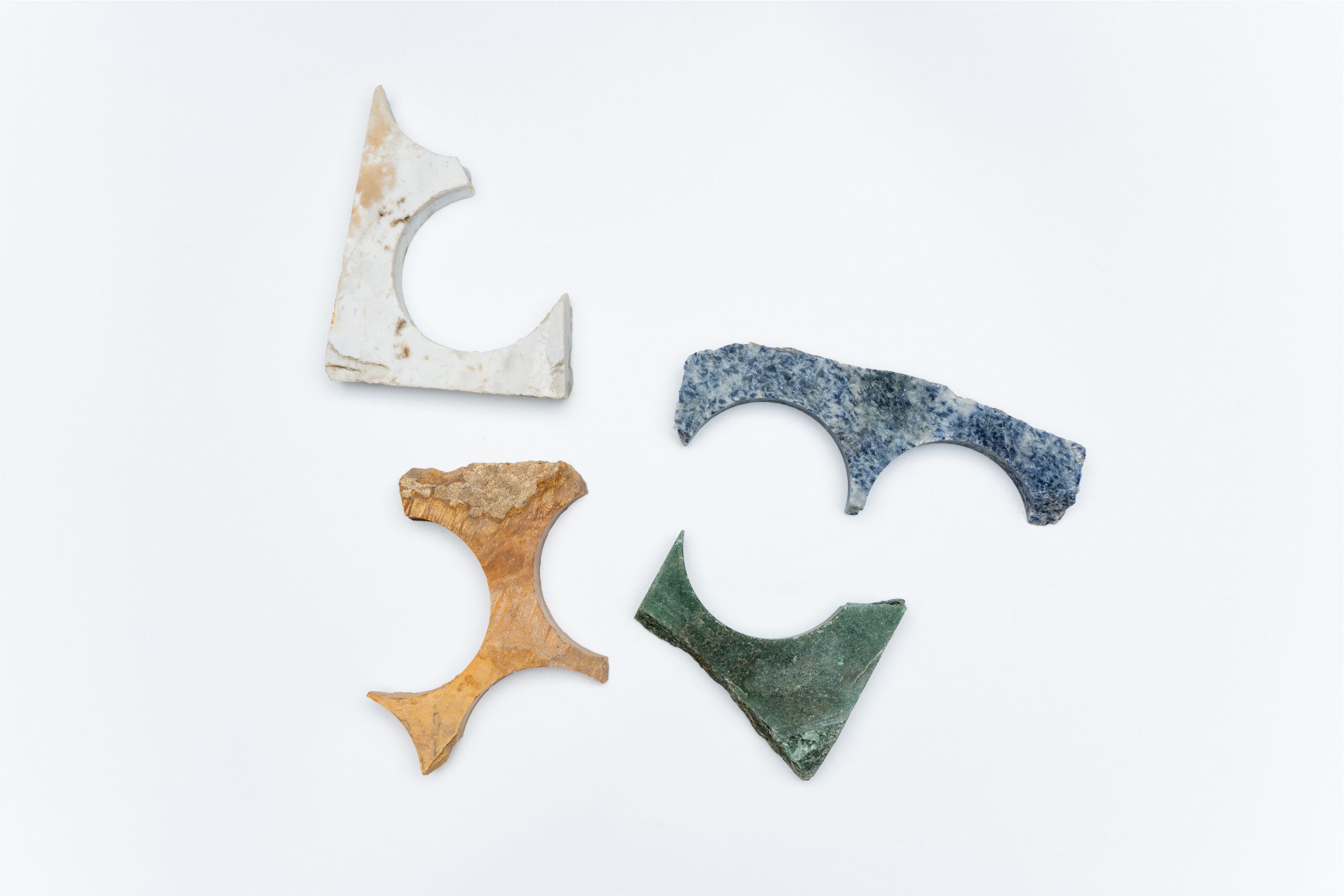
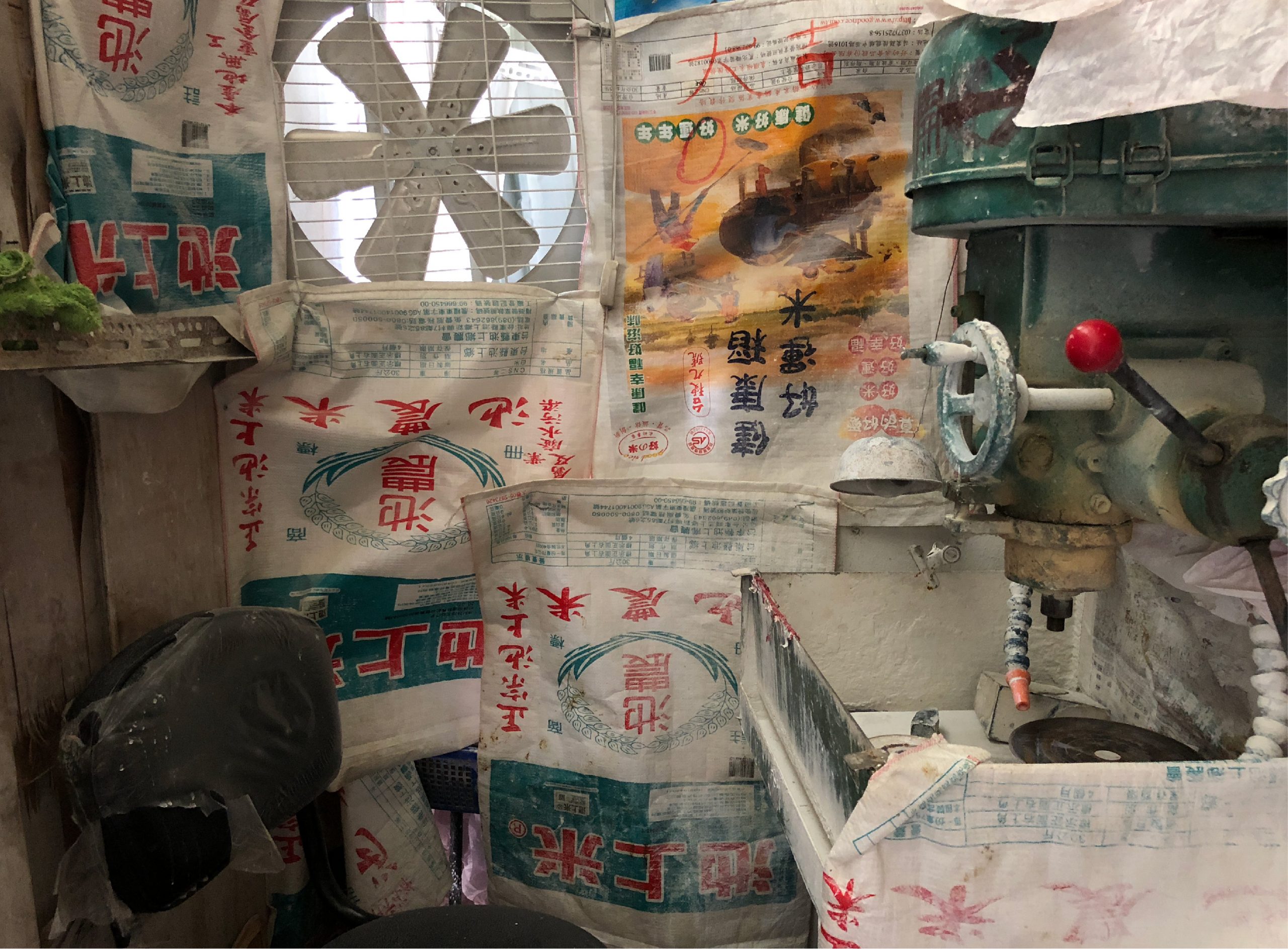
Jade as a gem, is featured prominently as priceless material in ancient Asian art. There are numerous traditional ways to define its quality, mainly by colour and form. Usually, when the colour of jade is crystal clear, it’s perfect material to be made into the fine bracelet. In this project, we selected 35 pieces of ‘unwanted jade’ from the jade factory in Taiwan. The pieces of jade have been cutting off ‘the best part’, and the rest became the scrap in producing the process of the jade bracelet. We see the potential ‘value of the scrap’, therefore, we worked with the machinery and manufacturing processes used, to re-think the way of making, and re-shape the relationship between nature and manufacturing waste. Based on the material experimentation, it has possibilities for design with typology, functionalities, and the future solutions for raw materials. Using the scrap to create objects include toys, home decoration, and accessories.
